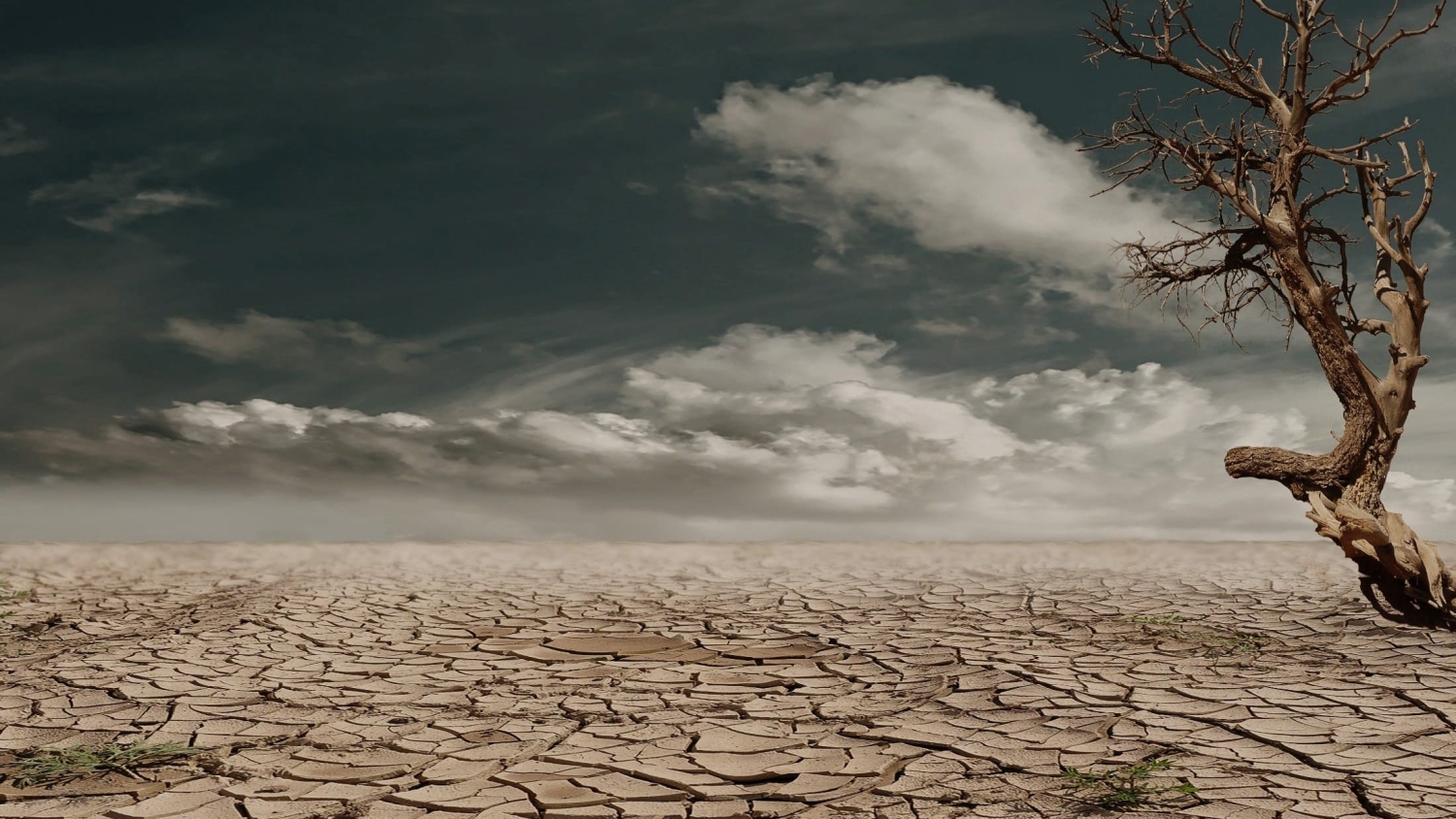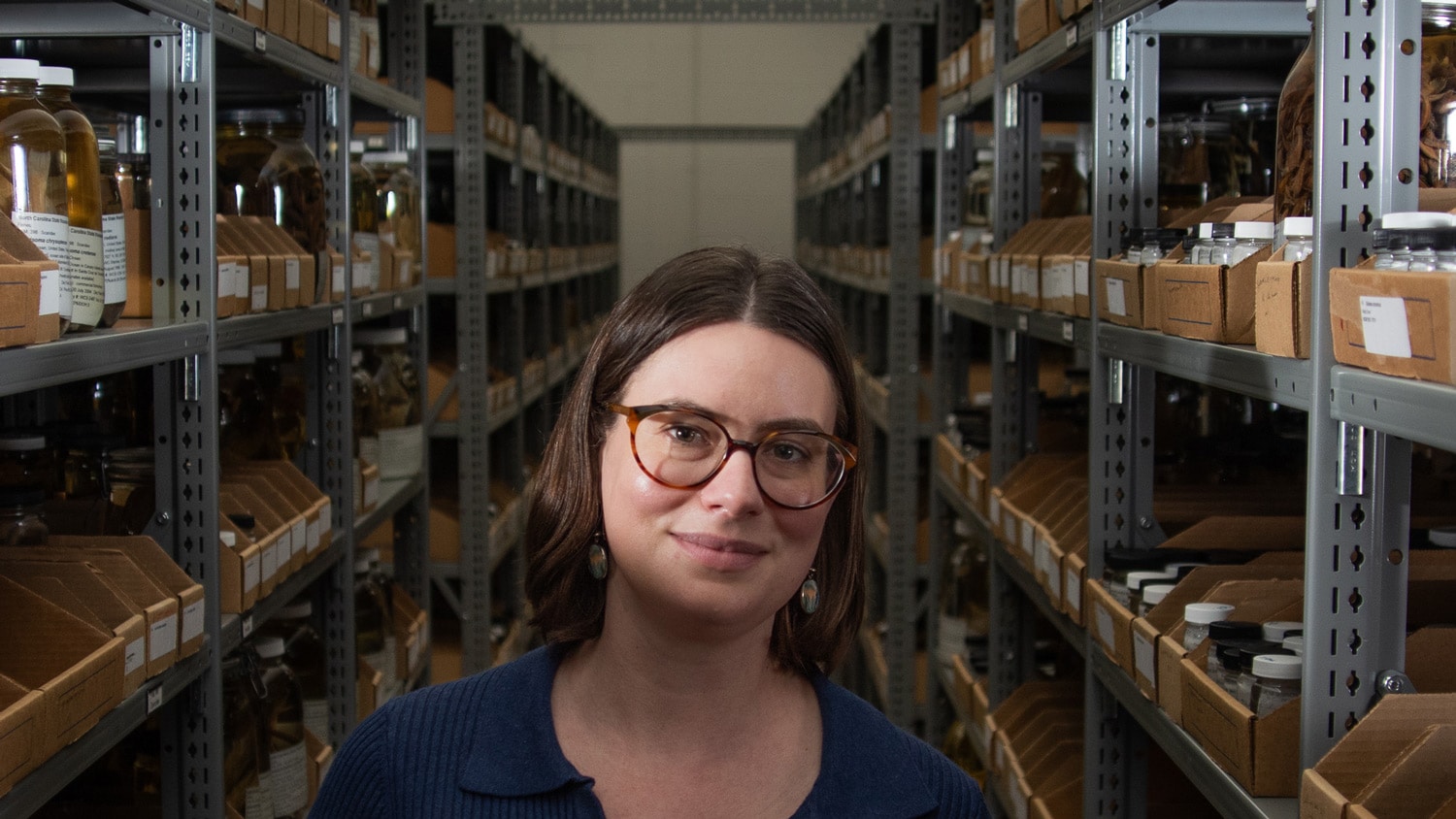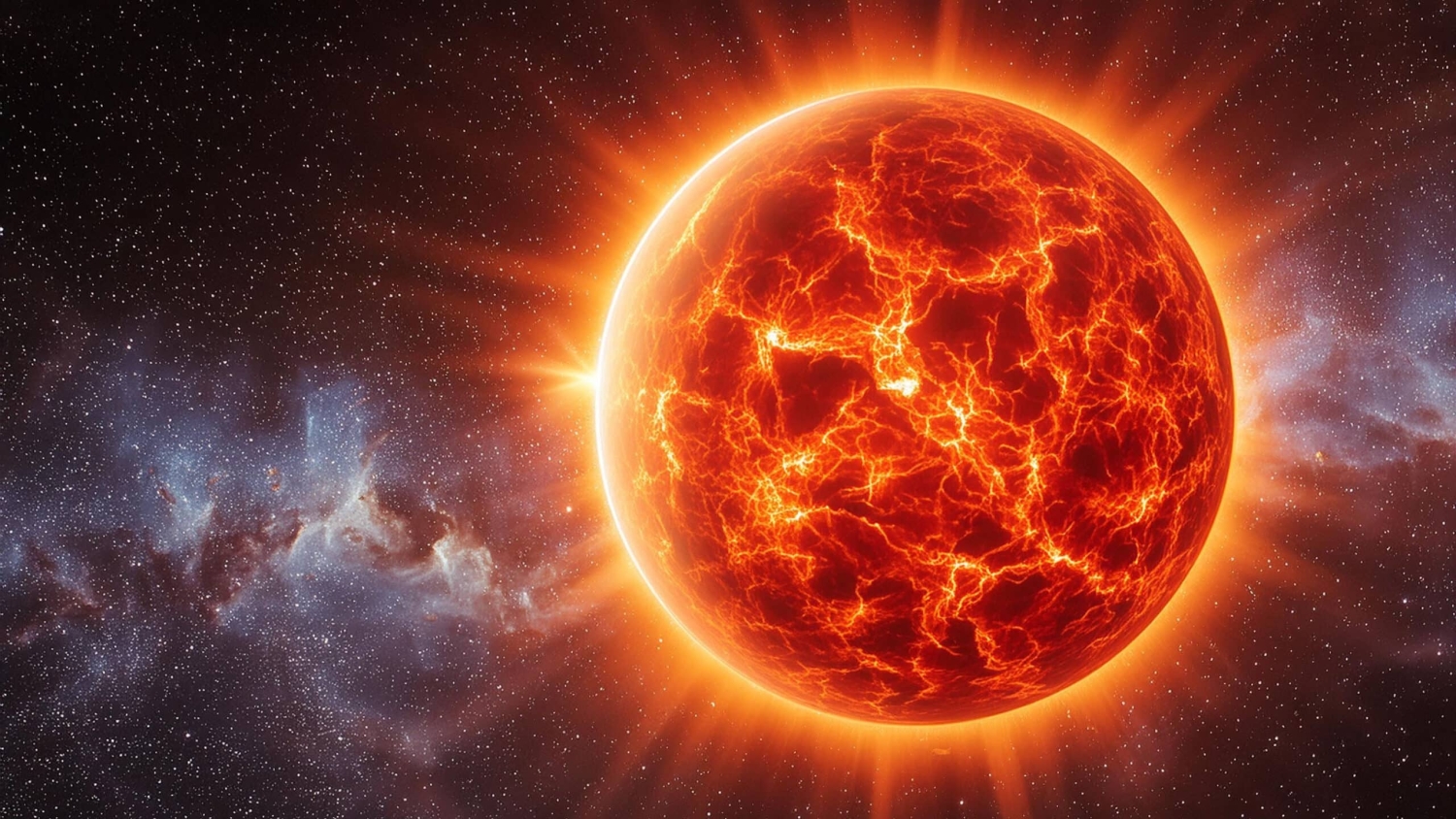What Can 66-Million-Year-Old Carbon Dioxide Data Tell Us About Our Future Climate?

Scientists who study climate change and warming all point to one major driver of this change: atmospheric carbon dioxide, or CO2, levels.
Ethan Hyland, associate professor of marine, earth and atmospheric sciences at NC State, is co-author of a study in Science that looked at CO2 levels and their corresponding temperatures from 66 million years ago until now, to see if the data could inform our potential future.
They found that the last time Earth had CO2 levels comparable to current ones was 14 million years ago, and that the effects of even small amounts of greenhouse gases on climate are both myriad and long-lasting. Hyland spoke with The Abstract about the study and his role.
The Abstract (TA): What can studying the ancient past tell us about a changing climate?
Hyland: The ancient past is the best natural laboratory we have for understanding drivers of climate change. We can’t go out and run experiments on modern climate in the real world, so we’re left with climate models or using past analogues. If we can understand how “greenhouse” periods in the past worked and what impacts they had on life by using the paleontological record, we have a much better chance of understanding or predicting what might happen in the future as climate continues to warm.
TA: How did you compile all the information for this study? How do we know what we know about climate in deep time?
Hyland: The information from this study actually comes from compiling thousands of records of past atmospheric carbon dioxide concentrations produced in the scientific literature over the last 30 years or so. These come from a variety of different “proxy” archives including plant and soil fossils as well as the geochemistry of ocean sediments. All of these materials have specific relationships with carbon dioxide concentration that we can observe today, and we use those relationships on fossil materials to estimate atmospheric CO2 in the past.
TA: How does ancient climate compare with today?
Hyland: We know from these records and others that past climate has been extremely variable, and much of that variability has been driven by atmospheric carbon dioxide concentrations as we show in this study. At some points in the past, like the Paleocene, concentrations were high and climate was much warmer than the present, with crocodiles and palm trees living near the north pole; while at other points like the Pleistocene, concentrations were much lower and our planet had “ice ages” that covered large areas with glaciers.
TA: What was the most interesting finding, and what can it tell us about climate change?
Hyland: One of the most important findings of this work was that climate sensitivity is significantly higher than many of our previous estimates/assumptions. What this means is that our climate system is poised for relatively dramatic changes with only small increases in atmospheric carbon dioxide concentrations. Paired with other paleontological information, we also know that this has substantial implications for ecosystems and evolution of life on Earth – so climate change in the modern era is certainly something to take seriously!
TA: What was your role in the work, and what, if any, are your next steps?
Hyland: My group and I are experts in fossil soil (paleosol) and plant records, and we primarily focus on deeper-time periods when Earth was much warmer. For this study we contributed many of those atmospheric carbon dioxide records and worked on revising and refining those for the overall compilation. The next steps for my group are to continue even further back in time and continue producing and refining records of atmospheric carbon dioxide during other key intervals in Earth’s history, like the Cretaceous Period when dinosaurs dominated our terrestrial ecosystems.
This post was originally published in NC State News.


